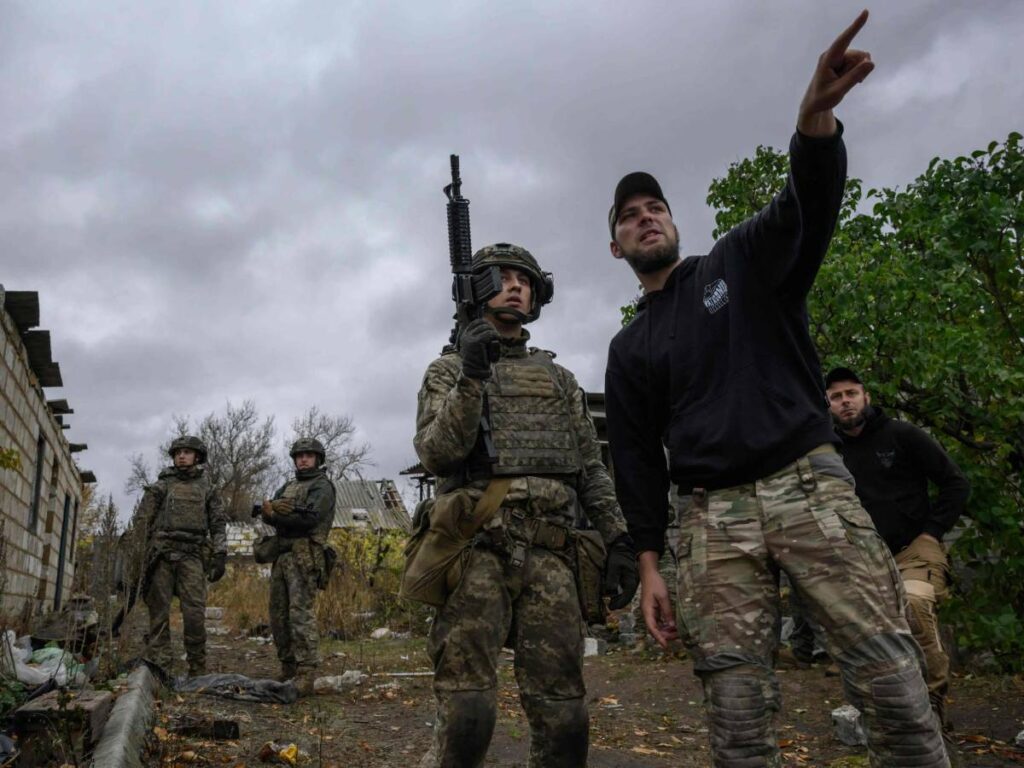
Geneva and Abu Dhabi negotiations. In between, there were countless telephone conversations, video call meetings and an extraordinary summit of EU leaders in Luanda. The evolution of the 28-point plan originally drafted by Donald Trump for peace in Ukraine has been rapid, despite differences in the direction in which the plan was developed. Everything is underway and even the latest draft of the plan – 19 points and the basis of the UAE meeting between the United States, Ukraine and Russia – can be quickly overcome. Here are the main points that determine the success of difficult, but no longer impossible, negotiations.
Region of Ukraine
The strong concessions to Russia included in the text “signed” by Steve Witkoff and Kirill Dmitriev are gone. Negotiations will start from frontline contacts and only at a later stage. However, the European counterproposal states that Kiev “promises not to recover its occupied sovereign territories by military means”. The “freezing” of sovereignty over Kherson and Zaporizhzhia on the line of contact was also missing from the initial plans.
Security guarantee
These problems emerged as one of the main issues in the negotiations. In Trump’s plan, there is a security guarantee structure for Kiev on paper, which is more of a commitment than the use of troops. Things are changing and Secretary of State Marco Rubio also made it clear that, in this case, Moscow and Kiev want clarity.
In this context, an ancient idea emerges, namely “boots on the ground”, or multinational peacekeeping forces on the ground. This is a complex issue that neither party is willing to unite on. And this, in the past, has drawn the ire of the Kremlin. The situation regarding the Ukrainian army is more stable: the limit of 800 thousand units does not seem to displease Volodymyr Zelensky. And the EU, at that point, would not oppose it.
Use of Russian assets
Another thing that arises of great importance in these hours. Trump’s plan envisions the use of some of the frozen Russian assets and $100 billion by the EU, and anticipates that 50% of profits from Ukraine reconstruction will go to the US.
Brussels has spoken out against the document. EU leaders, despite resistance from Belgium, want to use Russian assets. They want those who caused the damage to pay. The commission will be responsible for finding a solution that pleases the US and especially European countries that remain skeptical. But there is one thing that is unknown: at that moment, Moscow could blow everything up.
EU, NATO and G8
The future of Ukraine and Russia in international forums was initially divided between the US and the EU. Trump has predicted Moscow’s reintegration into the G8, Kiev’s entry into the EU, and Ukraine’s inability to join the Alliance.
European counter-draft
they wish things were more nuanced. NATO’s door to Kiev would, in theory, remain open. However, the EU’s opportunities are wide open. The negotiation battle is still very much open regarding Vladimir Putin’s return to the leadership table.





